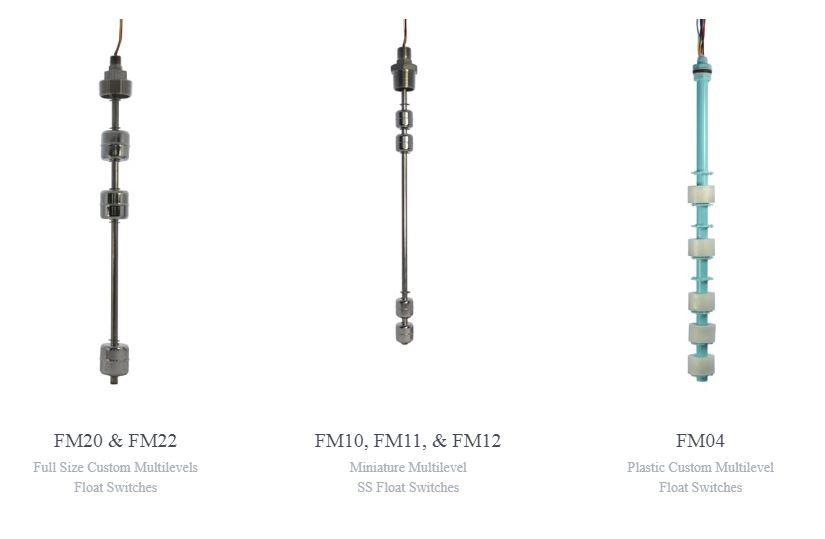Float switches that measure liquid levels in a vessel or container play an important role in many applications. From activating sump pumps to stopping dangerous fluid overflow, the uses are endless.
Since measuring must be exact, the operation of level switches is critical. A key factor in keeping float switches from failing is how they are installed and handled.
If you have questions about level sensors and your specific application, whatever your industry and whatever your needs, SMD Fluid Controls would love to help. Our experienced staff can help with replacement parts, customized float switches, and specialty liquid level sensors.
Here are some precautions to keep in mind.
Dropped Float Switches May Be Broken Float Switches
If you have dropped your float switch and it appears to still be intact, there may be internal issues that keep it from functioning properly. The shock from the drop could have knocked the position of the reed switch internally. For example, it could be set in the ON or OFF position without you realizing. If you’ve dropped your switch, it’s best to have it checked or use a new one.
Proper Installation is Key
Getting the installation of a float switch right is important. Positioning and mounting the switch based on the medium being measured and the environment it will be in are all important. Since the reed will need to be intact to measure accurately, be sure you are not placing the float switch where it will be subject to heavy vibrations that could displace the reed.
Magnets are a No-No
Since a reed switch works within the magnetic field to activate, it’s important to be cautious and not install a float switch where there could be another magnetic interference causing the ON or OFF switch to erroneously activate.
Use this resource for additional information: Float switch Handling instructions





